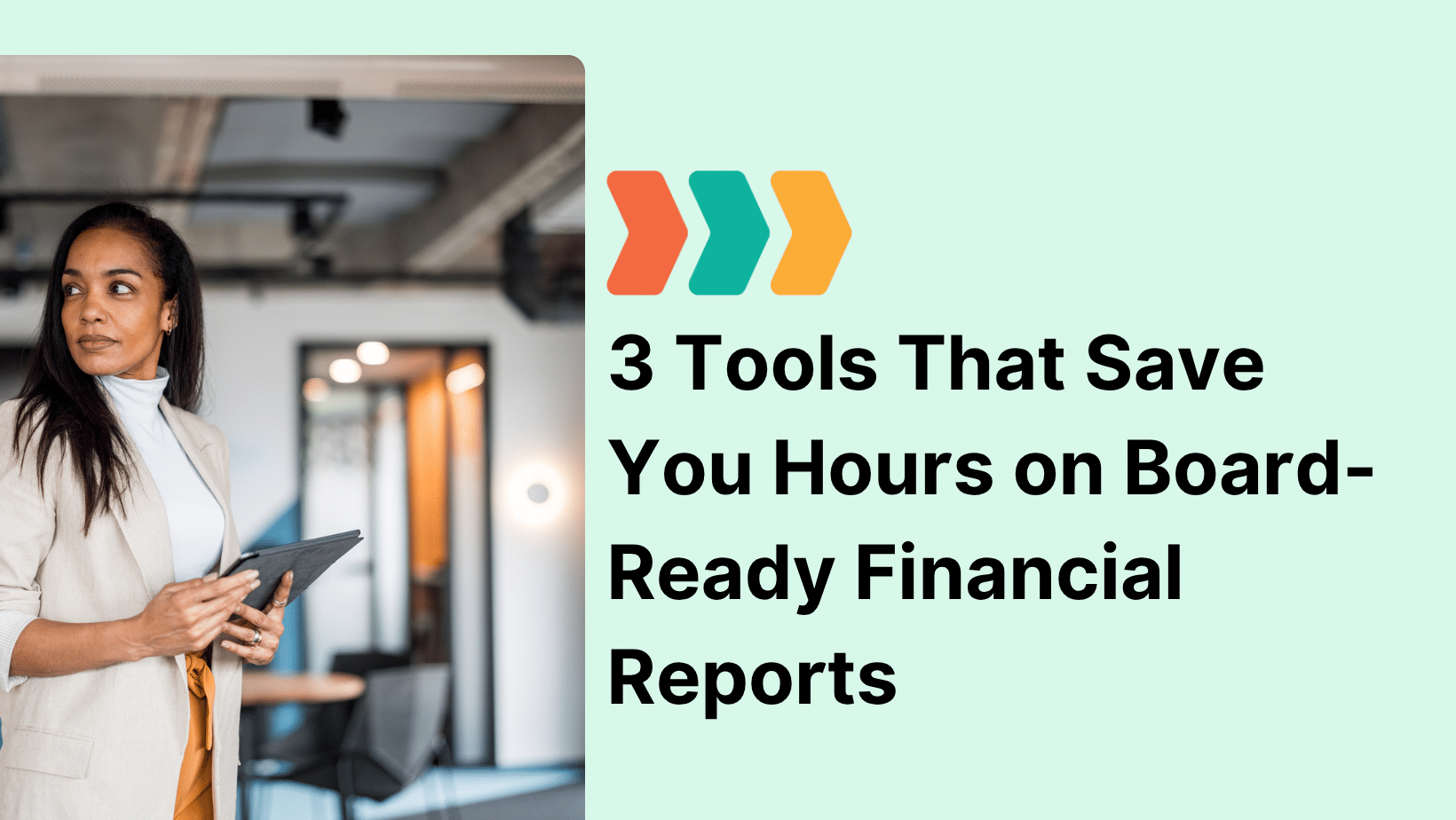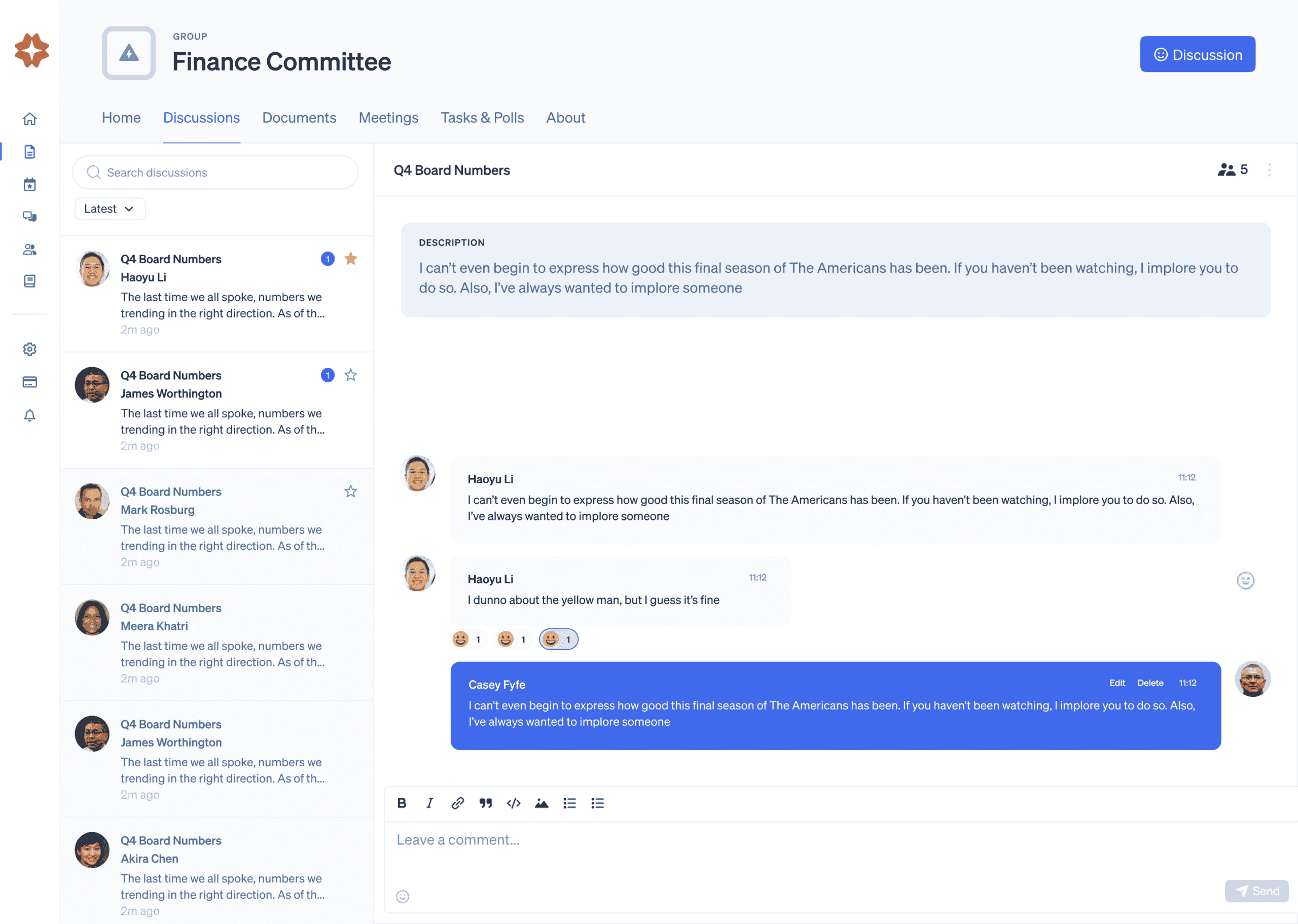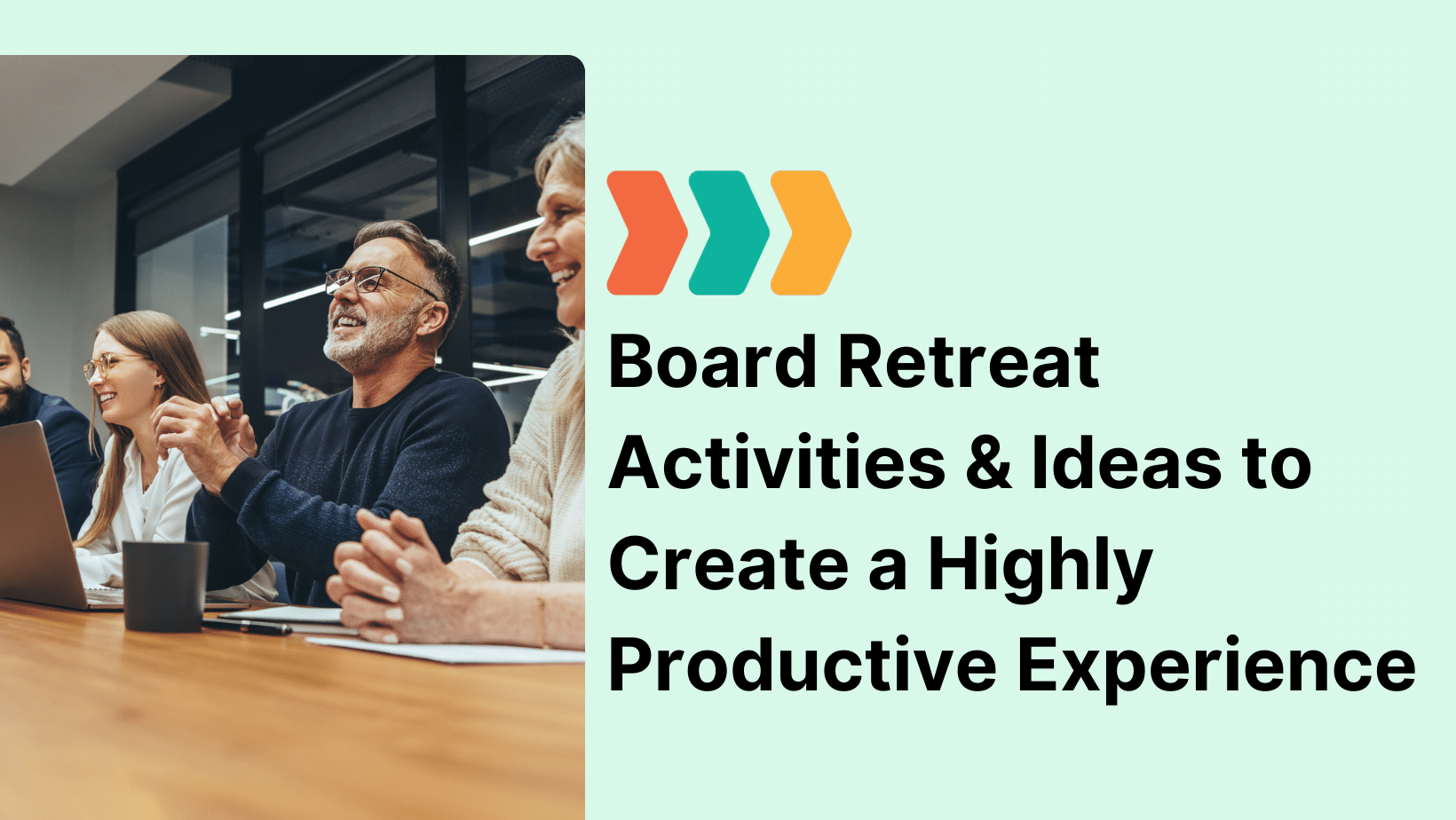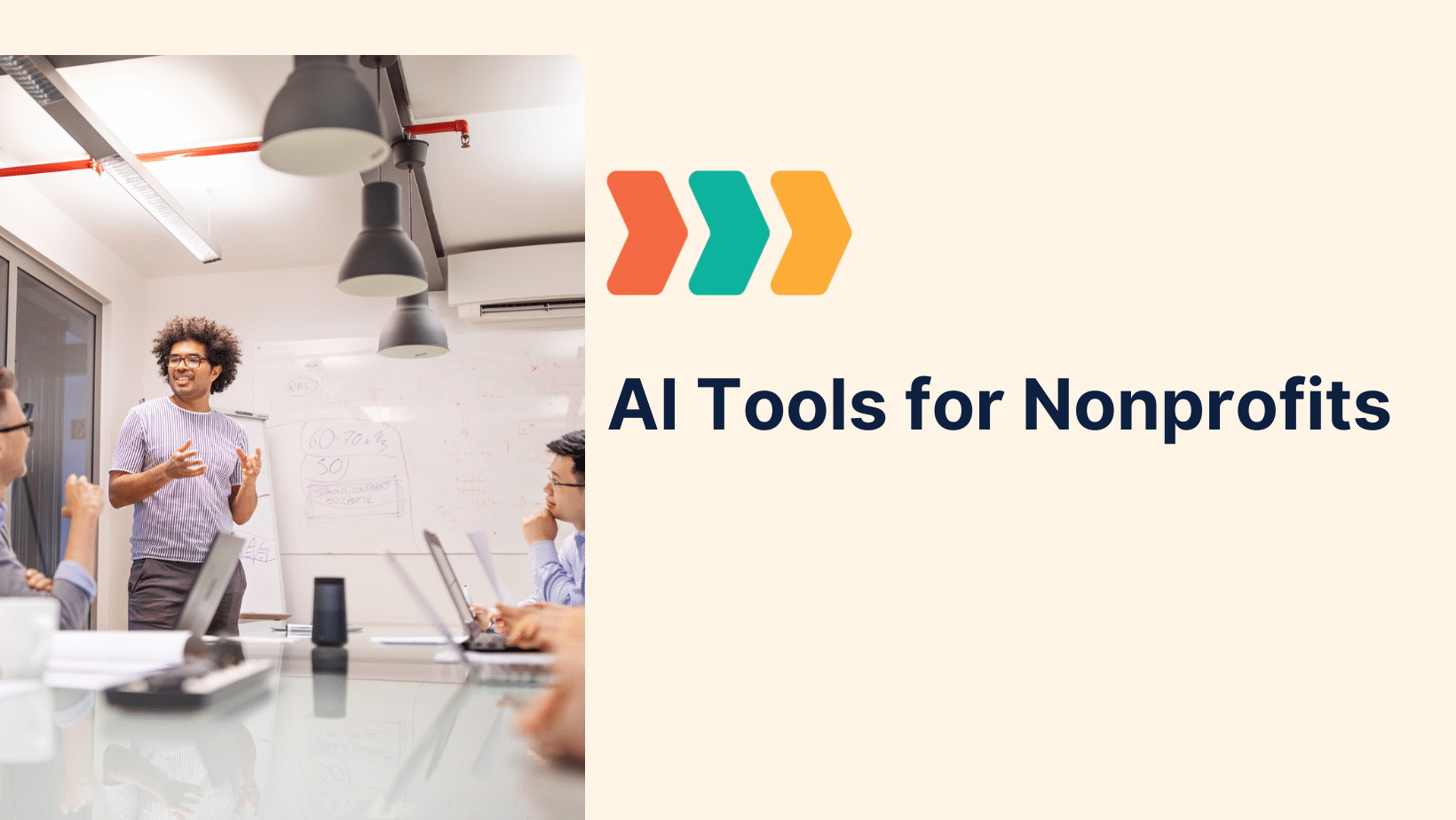For nonprofit leaders, preparing financial reports for board meetings can feel overwhelming. Between tracking donations, monitoring expenses, and aligning reports with mission outcomes, the process is often time-consuming—but it doesn’t have to be.
Board-ready nonprofit financial reports aren’t just about accuracy—they’re about clarity and transparency. When reports clearly show how funds flow in and out of your organization, board members are empowered to make better decisions, deepen donor trust, and drive your mission forward.
Here are three tools and strategies to help you quickly prepare reports that are transparent, impactful, and easy for your board to digest:
1. Visual Dashboards That Track Fund Inputs and Outputs
Dashboards convert complex financial data into simple, intuitive visuals—giving board members a real-time look at the health of your organization. They help answer big-picture questions: Where is our funding coming from? How are we using it? What’s our current financial position?
Key dashboard features include:
- Real-time tracking of donations and grant payments
- Visibility into restricted vs. unrestricted funds
- Expense breakdowns by program, admin, and fundraising
- Cash flow and reserve summaries
Crowded makes this possible by offering built-in dashboards designed specifically for nonprofit finance workflows. Dashboards don’t just show the numbers—they show what they mean. By making financial flows easy to follow, they improve transparency and build confidence in your stewardship.
2. Narrative Reports That Connect Dollars to Mission Impact
Your board doesn’t just want to see the numbers. They want to understand what those number mean for your mission.
Adding narrative context to nonprofit financial reports transforms them from technical documents into strategic tools.
Instead of reporting, “Program expenses rose 15%,” consider:
“Program expenses increased by 15% this quarter due to expanded youth outreach efforts, allowing us to serve 50 more children.”
Tips for narrative-driven reporting:
- Add context to changes in revenue or expenses
- Highlight how financial decisions support specific programs or results
- Include callouts or quotes from program beneficiaries to bring impact to life
Crowded makes it easier to thread that narrative. With subaccounts that reflect different fund streams—like grants, chapters, or programs—you can clearly see where money is going and why. This structure helps your team (and your board) connect spending to purpose without digging through spreadsheets or doing mental gymnastics.
When your reports are this clear, the story practically tells itself.
3. Automated, Collaborative Reporting Systems
Pulling together spreadsheets from different systems is exhausting—and risky. Errors slip in, and important updates get missed.
Automated tools make nonprofit financial report generation fast and more accurate.
Look for features like:
- Automatic syncing of donations, expenses, and grants
- Prebuilt templates for common board reporting formats
- Secure collaboration between finance, fundraising, and program staff
- Built-in audit trails for compliance and accountability
Platforms like Crowded provide built-in dashboards built specifically for nonprofit financial reporting. When you visualize the flow of funds, you don’t just report the numbers; you reveal what they mean. That transparency builds trust and strategic alignment.
The Benefits of Financial Transparency in Nonprofit Finance
Financial transparency doesn’t just check a compliance box; it builds trust, strengthens leadership, and deepens donor relationships. When your reporting is clear and accessible, your board and supporters are better equipped to advocate for your mission and drive long-term impact.
Building Board Confidence
Boards are responsible for governance, fundraising, and long-term strategy. But they can only lead effectively if they understand where your money comes from and how it’s used.
Transparent financial reporting gives board members:
- Confidence in your organization’s financial health
- Clarity around funding needs and program outcomes
- Tools to advocate for your mission with donors and stakeholders
With the right systems in place, this transparency becomes easy to achieve—giving boards shared, real-time access to the financial data they need. When board members are well-informed, they become stronger ambassadors, sharper decision-makers, and more effective partners.
Strengthening Donor Engagement
Donors want to know their gifts are making a difference. Financial transparency helps your board tell that story with clarity and credibility.
When you provide clear, easy-to-understand reports that show how gifts are used—and what impact they’ve achieved—you build trust and deepen donor relationships.
Transparency not only reassures current supporters, it lays the foundation for major gifts and long-term support. It also helps reduce skepticism, prevents miscommunication, and reinforces your reputation as a mission-driven, responsible organization.
Ready to Strengthen Your Financial Story?
Start by reviewing how you build and share your nonprofit financial reports today. Then explore tools and strategies that bring clarity, context, and efficiency to your board reporting process.
At Crowded, we’ve seen how much smoother board reporting becomes when financial tools are built specifically for nonprofits—combining fund tracking, report generation, and collaboration in one place.
When your reports are clear, collaborative, and connected to your mission, your board—and your donors—will notice the difference.




